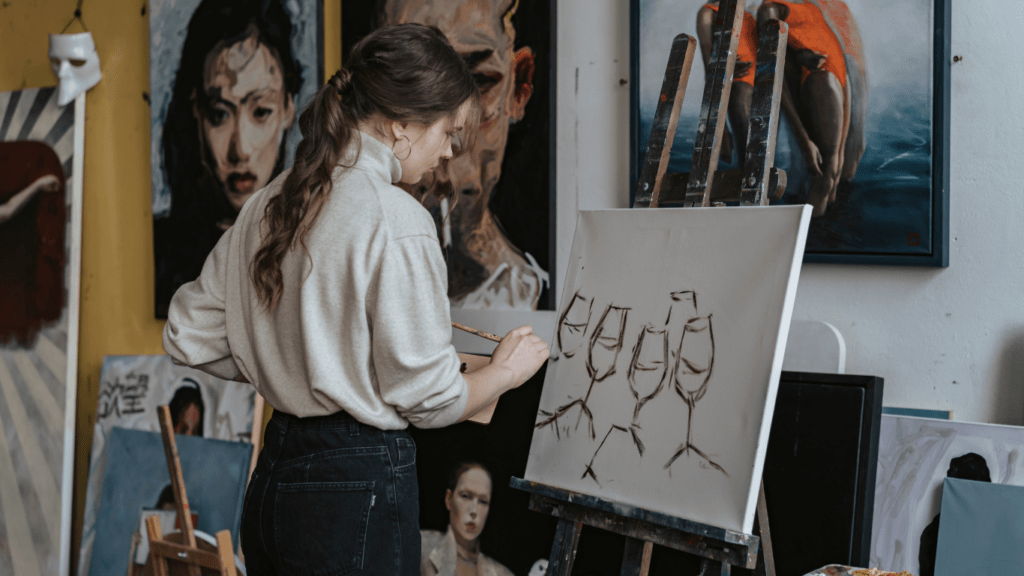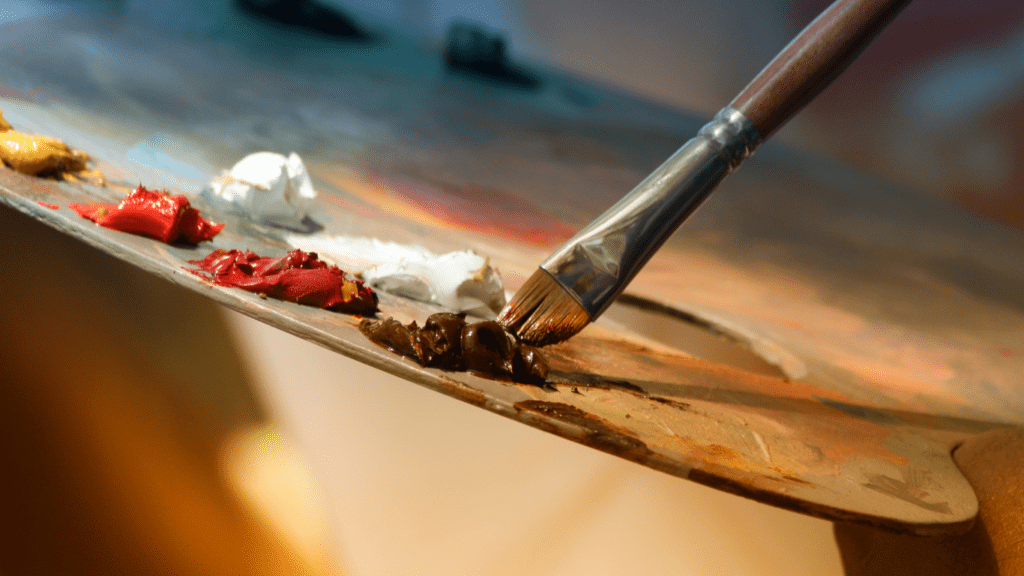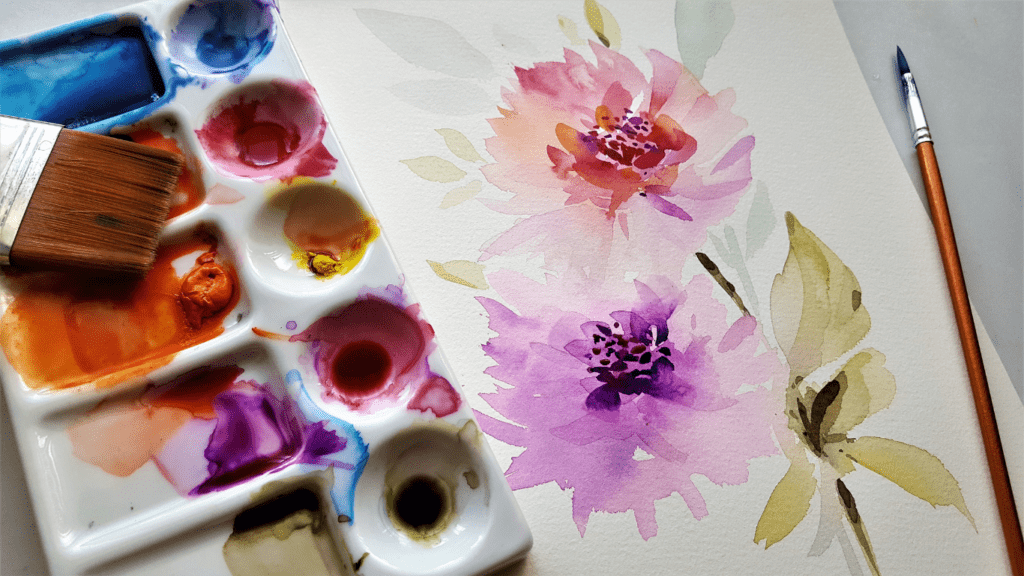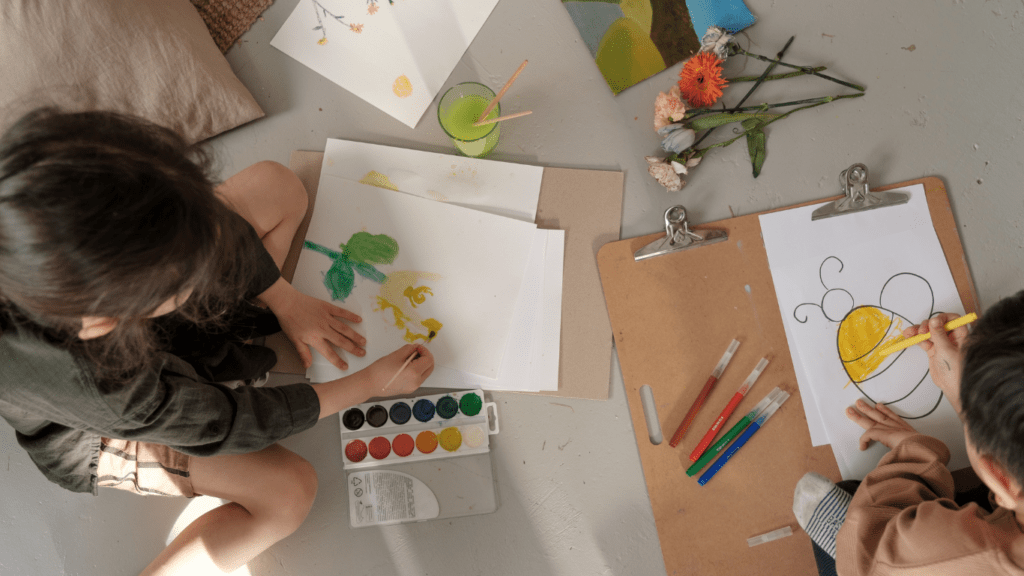Entering the realm of digital art opens up a world of possibilities, allowing artists to capture the fluidity and transparency of water and glass with stunning realism. In this guide, I’ll share expert tips and techniques on how to master the art of painting these challenging elements in your digital creations.
From the mesmerizing ripples of water to the reflective surfaces of glass, understanding the nuances of light, shadow, and texture is key to creating lifelike representations in your artwork. Join me as we delve into the intricacies of painting water and glass in digital art, unlocking the secrets to adding depth and dimension to your compositions.
Whether you’re a seasoned digital artist looking to enhance your skills or a beginner eager to explore new techniques, mastering the art of painting water and glass will elevate your creations to new heights. Let’s dive in and discover the magic of bringing these captivating elements to life on your digital canvas.
Understanding the Characteristics of Water and Glass
Water and glass are distinct elements in digital art that require a deep understanding of their unique characteristics to portray them realistically. Mastering the depiction of water and glass involves grasping essential attributes such as transparency, reflections, and refractions.
Defining Transparency in Water and Glass
Transparency is a fundamental feature of both water and glass in digital art. When painting water, it’s crucial to convey its see-through quality, capturing the play of light passing through it. Similarly, with glass, achieving transparency involves skillfully depicting the ability to see through the material to what lies beyond.
- Capturing Reflections and Refractions
Reflections and refractions are key elements when painting water and glass. Reflective surfaces like water create mirror-like images of surrounding objects, while refractions distort the view of objects seen through the transparent medium. Mastering these effects adds depth and realism to digital art pieces featuring water and glass. - Techniques for Painting Water
When painting water in digital art, creating realistic reflections is crucial. Reflective surfaces like water can add depth and dimension to your artwork. To achieve this, I recommend studying real-life water reflections to understand how light interacts with the surface.
Creating Realistic Reflections
To create lifelike reflections in your digital art, focus on capturing the way light bounces off the water’s surface. Pay attention to the angle of incidence and reflection, ensuring that they match to convey a sense of realism. Experiment with different brush strokes and opacities to mimic the shimmering effect of reflections on water.
Capturing Surface Distortion
Surface distortion is another key aspect to consider when painting water. Distortions occur due to ripples, waves, or movement in the water, creating a dynamic and fluid appearance. To capture surface distortions accurately, vary the texture and transparency of your brush strokes. Incorporate subtle details to simulate the movement and flow of water, enhancing the overall realism of your digital artwork.
Techniques for Painting Glass
Achieving Transparency
To portray glass realistically in digital art, I focus on achieving transparency by meticulously layering colors and adjusting opacities. It’s crucial to observe how light interacts with the glass surface to accurately depict its see-through quality. By strategically blending shades and highlights, I can create the illusion of looking through a transparent material in my artwork.
Tips for Adding Depth and Realism
To elevate the authenticity of water and glass in digital art, here are some key strategies to enhance depth and realism:
Mastering Light and Shadow:
Understanding how light interacts with water and glass is essential. Study the behavior of light as it reflects off surfaces and refracts through transparent objects. Experiment with different lighting angles to achieve realistic effects.
Emphasizing Texture and Transparency:
Pay close attention to texture variations in water to convey movement and depth effectively. For glass, focus on depicting smoothness and transparency. Layer colors strategically to capture the see-through quality of glass while adding depth to water surfaces with subtle texture details.
Capturing Reflections and Refractions:
Reflective surfaces like water and glass offer opportunities to introduce intricate reflections and refractions. Use these elements to add complexity and realism to your digital art. Explore how light bends and distorts when passing through glass to create compelling visual effects.
Incorporating Surface Distortions:
Introduce surface distortions such as ripples on water to enhance the dynamic nature of these elements. Experiment with different brush techniques to create realistic ripple effects that contribute to the overall depth and movement in your artwork.
Strategic Blending and Layering:
Employ strategic blending of colors and layering techniques to create seamless transitions between light and shadow in your water and glass compositions. Gradually build up opacity to showcase transparency in glass, ensuring a gradual shift from opaque areas to transparent regions.
By implementing these tips and techniques, digital artists can elevate their skills in capturing the intricacies of water and glass, adding depth and realism to their artwork.





